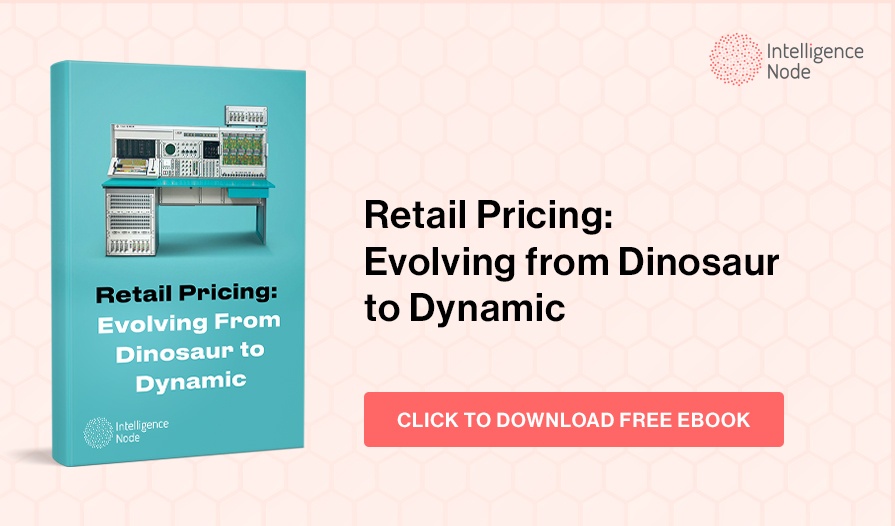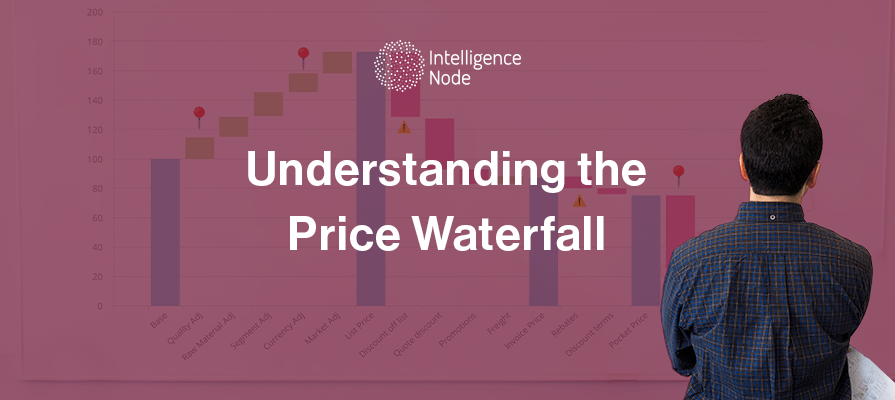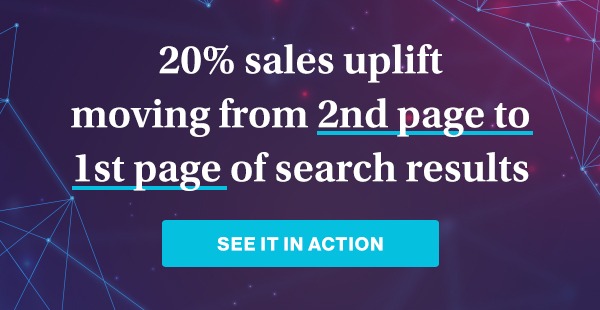What is the Price Waterfall?
The “Price Waterfall” is a price optimization tool (or technique of analysis) that allows businesses to identify hidden costs. It is used to calculate the final revenue the company takes away from each transaction, by taking into account all ‘margin leakages’. This includes discounts, promotional store prices, value-added services, and loopholes in policy that slip through the cracks and go unaccounted for while calculating listed prices. These individual and seemingly minor factors can add up to significant portions of profits leaking away unmanaged. Without solving these challenges, the unaware retailer may opt to increase the listed price of their products, rather than claim avoidable costs in their processes.
Why is the Price Waterfall Technique Important for Retail Businesses?
The key goal of utilizing the Price Waterfall technique is to identify areas where prices can be reasonably increased or to manage pain points in pre-existing systems. This is done so that your business can claim more of the price that has already been set. This works by mapping out, then eliminating or reducing hidden costs. While a discount or promotional price is strategically set and calculated by the brand, the average business offers roughly five additional ‘discounts’ beyond the invoice price of a product, before reaching the number that is actually earned in hand. However, they may not have been accounted for accurately in the listed price. They are often offered at the point of sale as part of a value deal, unlike a regular price discount. These errors can contribute to high costs borne by the company that are often improperly calculated.
What's Next : How Dynamic Pricing can Boost Your Retail Profitability in 2 Steps
Factors that Contribute to Hidden Costs
- Warranties
- Replacements
- Bundled offers
- Free shipping
- Free assembly/setup
- Repair services
- Bulk discounts
- Free returns
Identifying and Solving Hidden Costs
The Price Waterfall is best utilized to identify and understand these hidden costs and can be considered a macro view or vantage point for tackling the issues uncovered. Studying the costs involved in omnichannel sales, seasonal products, KVIs, campaign-led sales, or business-specific points of transaction that may differ for each segment can be tedious, time-consuming work. The range of problems could span anywhere from better data management to policy change. Thus, while it may not be worthwhile to identify every minor cost, taking a bird’s eye perspective of all processes using the Price Waterfall technique helps bring in insights across the board, measuring and highlighting balances between margin seepages and various sales channels that drive the best margins.
An Example of the Price Waterfall
An example of hidden costs in the Price Waterfall that has cropped up in recent years are returns. Return rates have been an increasingly potent issue in eCommerce as the average rate of returns hovers at 20-30%. A fault in policy that allows free returns ‘no questions asked’ for up to a year, a flaw in data management that creates persistent issues of shipping incorrect sizes or products, and unclear product descriptions that compel dissatisfied shoppers to opt for returns could all be factors that hike up costs for a business, but each from different points in the system. The goal of utilizing the Price Waterfall technique is to help locate where each of these losses originates, such that your business can take control of the costs and strategize accordingly.
The Hidden Impact of Returns
- 92% of customers expect free shipping on their returns
- 41% of shoppers purchase variations of products with the intent of returning most
- The average eCommerce return rates hover around 20-30%
- A single return causes losses in inventory, refurbishment, liquidation, labor costs, and refunds
- Thus, a return can cost 10x the original order’s shipping cost
- Retailers lose approximately $642.6 Bn a year on returns that could have been avoided
How to Implement the Price Waterfall Technique
A strategy that analysts have found fruitful is to simulate price cost impacts during the analysis or decision-making process. This process can be done by analyzing the overall processes of your business, taking into account competition and market trends. This analysis includes mapping out different negotiation points with vendors, exploring better shipping and management systems, reworking sections of your policy, or recalculating inventory commitments. The ability to look into potential dips in profit with a birds-eye view using the Price Waterfall can help nip seepages where they begin and boost margins considerably, with only minor changes in the process. Most importantly, this approach can help avoid increasing the listed price for the modern-day price-sensitive consumer and instead capture more profits by eliminating needless costs.
Intelligence Node’s expertise in pricing strategy and real-time, actionable insights and analysis can aid your business in creating an accurate Price Waterfall analysis and boost profitability on the fly – book a demo today to learn more.
Also Learn whether your legacy pricing system is up to the task and discover areas where your current technology won’t cut it. Download this ebook ” Retail Pricing: Evolving from Dinosaur to Dynamic ” to know This free guide from Intelligence Node will help you quickly determine whether your existing pricing system is helping your business evolve or holding you back





